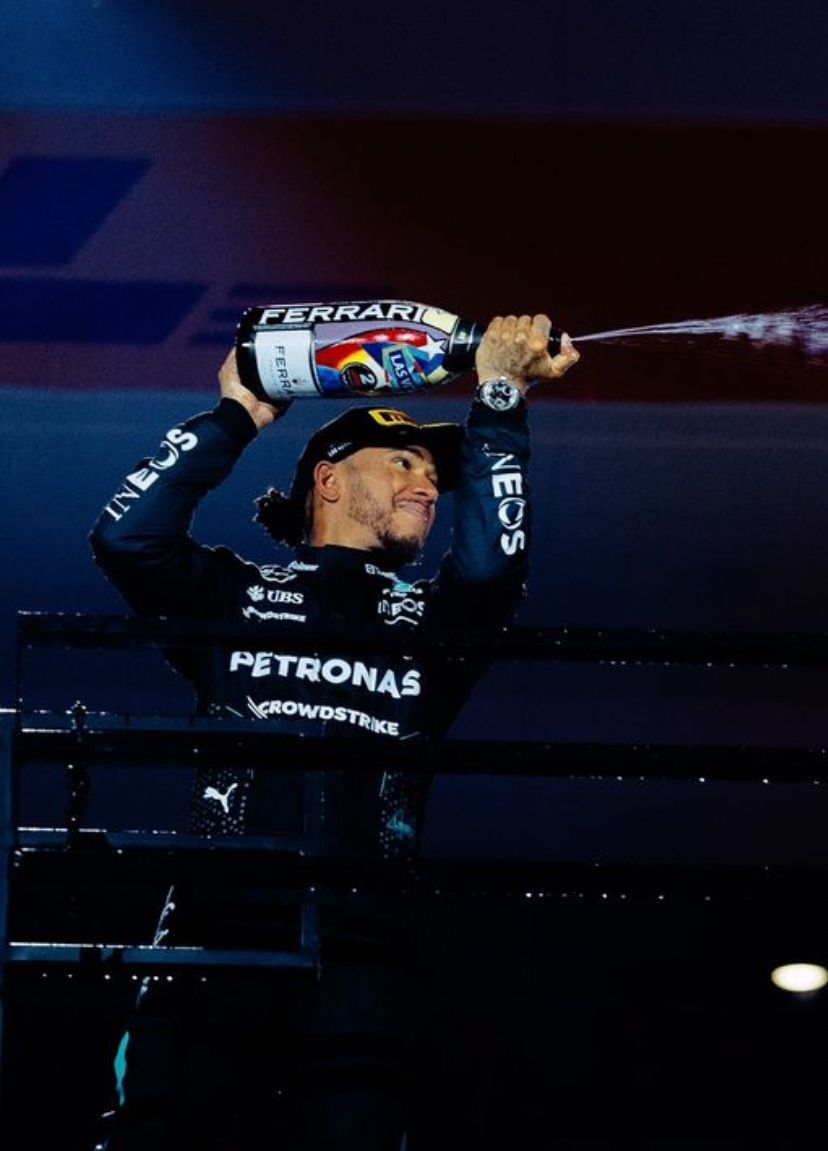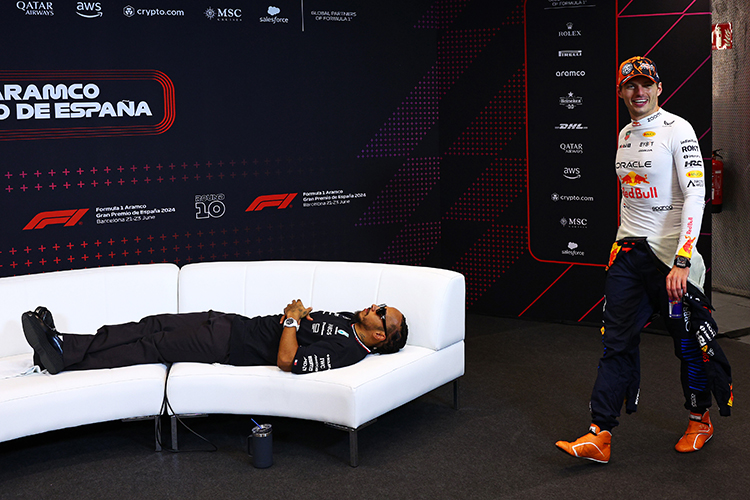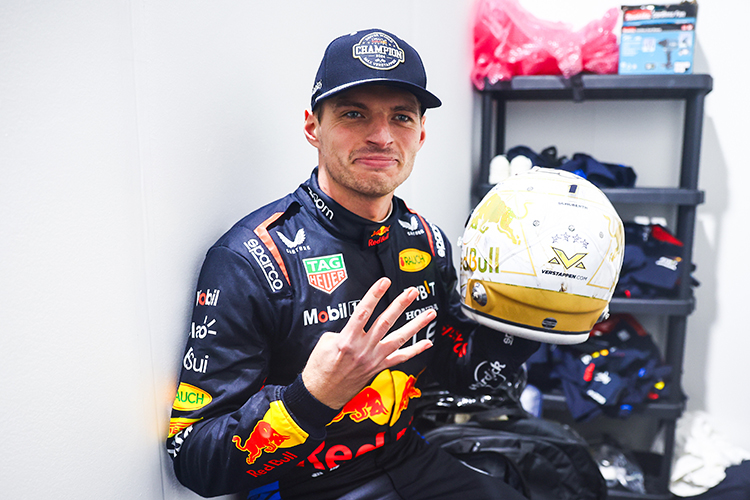How DRS Influences the Strategy of a Driver Being Pursued

Formula 1 World Champions: A legacy of racing legends
How does DRS influence the strategy of a driver who is being pursued by another car?
Explore how DRS influences defensive strategies in Formula 1. Discover the tactics drivers use to maintain position under pressure from pursuing cars.
In the world of Formula 1, every race is a showcase of cutting-edge technology, human skill, and split-second strategies. While the Drag Reduction System (DRS) is widely recognized for its role in overtaking, it also plays a pivotal part in shaping defensive strategies for drivers under pressure. For the pursued driver, a mix of real-time data, precise driving, and psychological resilience is essential to maintain position. This article explores how DRS impacts defensive racing in Formula 1.
The Dual-Edged Sword of DRS
DRS was introduced in 2011 to promote overtaking by reducing aerodynamic drag and increasing straight-line speed. While it gives a significant advantage to the chasing car, it forces the lead driver to adapt their strategy and driving style to counteract the speed boost of their opponent. For those being pursued, DRS presents both a challenge and an opportunity for creative defense.
Understanding the Mechanics of DRS
DRS allows drivers within one second of a car ahead at designated detection points to activate a rear-wing flap in specific zones, reducing drag and providing a speed advantage of 10-12 km/h (6-7 mph). This creates opportunities for overtaking but also demands careful defensive tactics from the driver being pursued.
Defensive Strategies Against DRS
Drivers facing a pursuing car with DRS at their disposal employ various tactics to maintain position. Here are some key strategies:
1. Optimizing Corner Exits
Getting a perfect exit out of corners leading to DRS zones can increase the gap just enough to keep the chasing car outside DRS range. This requires precision and consistency in throttle control and cornering lines.
2. Strategic Brake Management
By subtly altering brake points, a driver can disrupt the rhythm of the pursuing car. This technique creates turbulence that makes it harder for the chaser to stay within the critical one-second window.
3. Using Real-Time Data
Modern telemetry provides drivers and teams with up-to-the-second data on gaps and tire conditions. Teams relay this information to help the driver manage pace, tire wear, and defensive positioning effectively.
4. Anticipating Overtaking Zones
Defending aggressively in DRS zones while forcing the chaser into less optimal racing lines can frustrate the opponent and reduce overtaking chances. Anticipating these zones is key to effective defense.
5. Leveraging Back-Markers
Smart drivers use lapped cars as rolling obstacles to disrupt the rhythm of a pursuing car in crucial moments, particularly near DRS zones.
Psychological Challenges of Defensive Racing
Defending against DRS isn’t just about tactics; it’s also a mental battle. Drivers must maintain composure under intense pressure, knowing that a single mistake could result in losing position. The ability to stay focused and manage stress is just as important as technical skill in these situations.
Conclusion
While DRS is often celebrated for enhancing overtaking in Formula 1, its impact on defensive strategies adds another layer of depth to the sport. For the driver being pursued, the ability to manage DRS threats through precision, strategy, and resilience defines their ability to maintain position. This dynamic interplay between offense and defense makes every second on the track a thrilling spectacle for fans and a strategic chess match for drivers and teams alike.
Up Next



